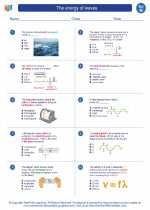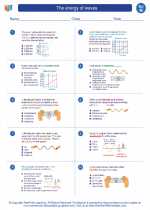The Moon
The moon is Earth's only natural satellite. It has a significant impact on Earth's tides and has been the subject of scientific study and exploration for centuries.
Phases of the Moon
The moon goes through a series of phases as it orbits the Earth. These phases include:
- New Moon: The moon is not visible from Earth.
- Waxing Crescent: A small sliver of the moon is visible.
- First Quarter: Half of the moon is visible.
- Waxing Gibbous: More than half of the moon is visible.
- Full Moon: The entire face of the moon is visible.
- Waning Gibbous: More than half of the moon is visible.
- Last Quarter: Half of the moon is visible.
- Waning Crescent: A small sliver of the moon is visible.
Lunar Cycle
The lunar cycle, or the time it takes for the moon to complete a full set of phases, is approximately 29.5 days. This cycle is the basis for the concept of a "month" in many calendars.
Impact on Earth
The moon's gravitational pull causes the ocean tides on Earth. This gravitational interaction also affects the Earth's rotation and has led to the phenomenon known as tidal locking, where the moon always shows the same face to the Earth.
Exploration and Research
The moon has been the subject of numerous space missions and scientific research. Notable events include the Apollo moon landings and ongoing robotic missions to study the moon's surface and composition.
Conclusion
The moon is a fascinating celestial body that continues to capture the imagination of scientists and the general public alike. Its influence on Earth and its potential for future exploration make it a topic of ongoing interest and study.






